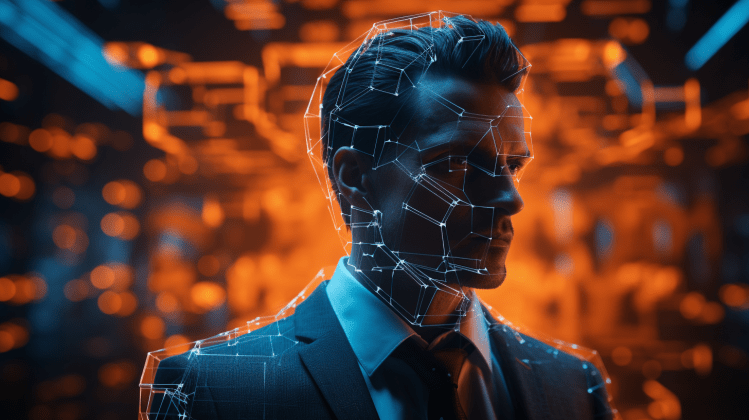AI Impact on Actors and the Fight for Control over Likeness
The Hollywood writers’ strike might be over, but the battle against AI continues for actors who find themselves at odds with the film and TV industry CEOs. The Screen Actors Guild – American Federation of Television and Radio Artists (SAG-AFTRA) has expressed their disappointment after talks broke down due to the CEOs’ refusal to address SAG-AFTRA’s proposals for a new contract. These proposals aimed to put limitations on the use of AI and 3D scanned likenesses of actors.
“It is with profound disappointment that we report the industry CEOs have walked away from the bargaining table after refusing to counter our latest offer,”
– SAG-AFTRA
SAG-AFTRA’s statement highlights that the CEOs are not willing to protect performers from being replaced by AI, raise wages to keep up with inflation, or share a portion of the revenue generated by their work. As a response, SAG-AFTRA has voiced its support for the “NO FAKES ACT,” a bill introduced by bipartisan U.S. Senators, which aims to prevent the unauthorized use of AI-generated replicas of individuals in audiovisual or sound recordings without their consent.
While this bill could help actors maintain control over their likeness and profit from it, its enactment relies on garnering majority votes from both the Republican-controlled House of Representatives and the Democrat-controlled Senate, as well as the signature of President Biden, which could take considerable time and effort.
AI and 3D Scanning – Distinct Technologies
In the realm of Hollywood, AI and 3D scanning are two technologies that have made an impact. While AI is relatively new to the industry, 3D scanning has been used for decades. 3D scans historically required an actor’s performance to make them look real, but with AI, these scans can now be used independently, mimicking human mannerisms or creating fully synthetic characters.
Startups like Metaphysic are even offering actors the opportunity to digitize and license their likenesses, providing them with more control and profit opportunities. However, it’s important to note the paradox that Metaphysic, which began as an unauthorized parody, is now becoming a legitimate business catering to the very celebrities it once mocked.
Interestingly, major stars like Tom Hanks and news anchor Gayle King have already experienced the unauthorized use of their likenesses in AI-generated videos promoting products, without their consent. The “NO FAKES ACT” would address this issue and prohibit such unauthorized usage.
Concerns and Exploitation
SAG-AFTRA, much like the Writers Guild of America (WGA), has expressed concern about the increasing prevalence and employment of AI and 3D scanning in the entertainment industry. They believe that the right to digitally replicate a performer’s voice or likeness, as well as the use of their performance to train AI systems, should be subject to negotiation.
Despite these concerns, some actors have reported being paid for a few days of work as “background” actors or extras, only to later be asked to have their full bodies scanned for 3D likeness without additional compensation. This highlights the potential exploitation of actors in the development of AI-driven content.
While the writers’ concern focuses on programs like ChatGPT and Sudowrite being used to draft screenplays, actors face a different challenge. The technology behind 3D scanning is currently less accessible, but startups like Move AI are working on AI-driven 3D motion capture that would significantly reduce costs and resources required.










